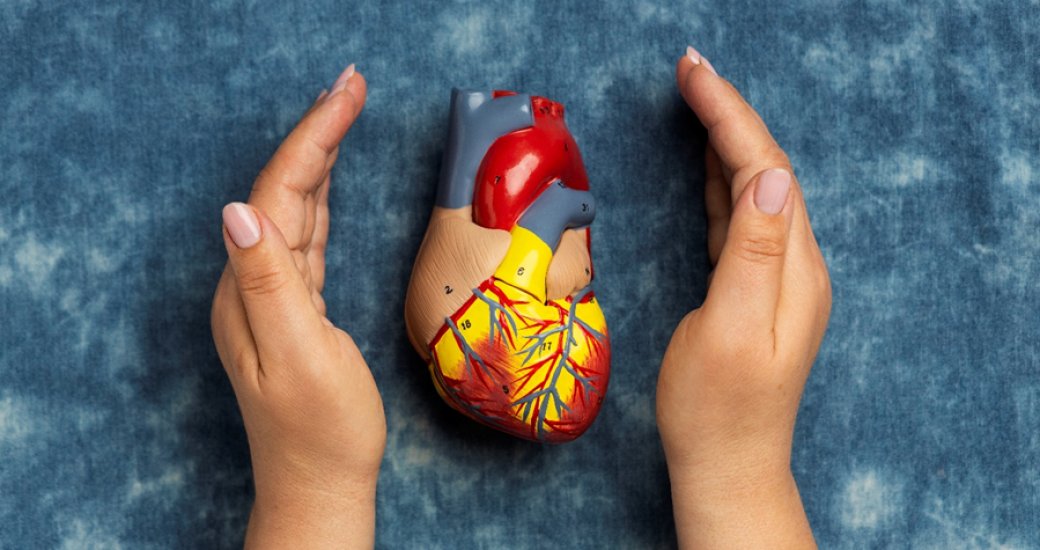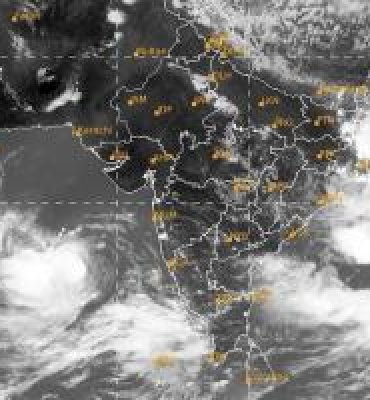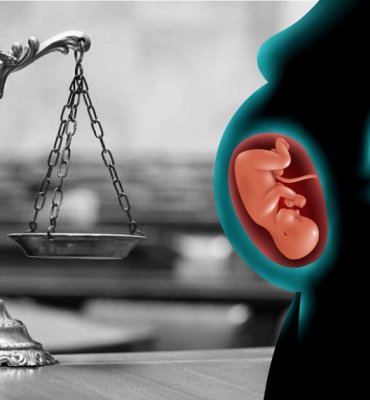
In a breakthrough development, the Indian government has eliminated the 65-year recipient age limit and permitted all Indians, regardless of age and state of residence to register for organ donation under a single waiting list.
This decision will improve and fairly distribute access to organs and encourage cadaver donations, which now account for a negligible portion of all organ transplants performed in India.
Earlier, the registration of organs could be done only in the recipient's state of residence. Rarely, when there is no qualified receiver in that state and the transfer is logistically feasible, are cadaver organs sent across state lines.
The third change is doing away with the registration fee that states used to charge for this purpose.
The goal is to eventually use drones to deliver organs from one location to another so that people in rural areas of the nation may get organs.
According to the Health Ministry, the number of organ transplants has increased by over three times, from 4,990 in 2013 to 15,561 in 2022.
Of the 15,561 transplants, a majority—12,791 (82%)—are from live donors, and 2,765 (18%) are from cadavers.
Up to 11,423 of the 15,561 organ transplants are for the kidney, followed by liver (766), heart (250), lung (138), pancreas (24) and small bowel transplants (3).










